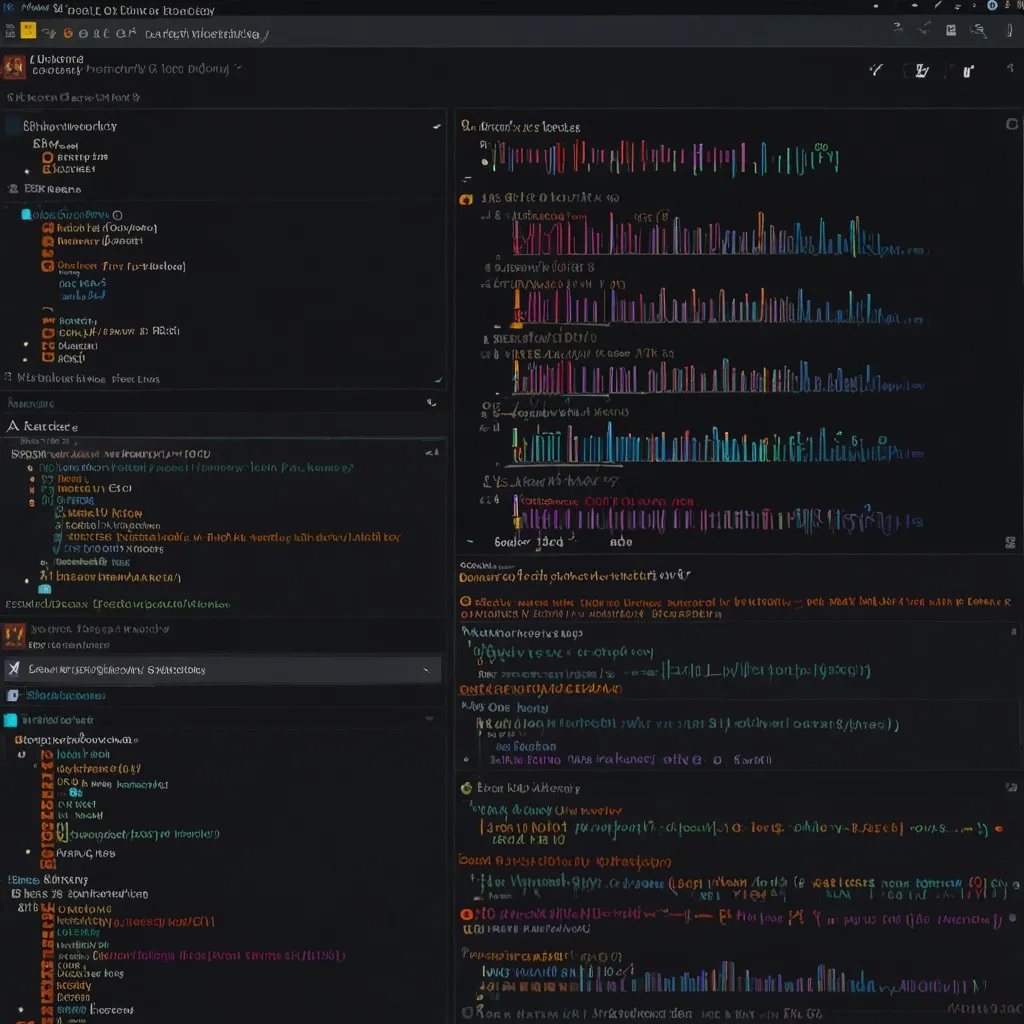Welcome to the world of Symfony, a powerful framework that’s turned heads in the realm of PHP web development. Whether you’re a novice or a seasoned coder, Symfony has something for everyone, with a plethora of pre-made components and a versatility that’s simply unmatched.
When diving into web applications, PHP often stands out as a go-to tool. But let’s face it, not all PHP frameworks cut the mustard. Enter Symfony. This bad boy isn’t just another framework—it’s a Swiss army knife for developers, loaded with ready-to-use components crafted to make building web applications a breeze. From small blogs to large enterprise sites, Symfony is designed to grow with your project.
Symfony’s origin story dates back to 2005, when Fabien Potencier introduced this marvel to the world. His goal was simple: streamline the development process, cut down on repetitive tasks, and let developers focus more on the creative aspects of their work. Fast forward to today, Symfony is in its 6th major version and is fully compatible with the latest PHP, thanks to its foundational architecture built around the Model-View-Controller (MVC) principle.
Let’s break down MVC a bit. The Model handles your application’s data and business logic—think of it as the brain. The View is all about how users see your information—essentially the face. The Controller, which I like to think of as the nerve system, takes the user requests and mediates interactions between the brain and the face. It’s a streamlined way to keep your code organized and your sanity intact.
For those who thrive on flexibility, Symfony is a dream come true. It basically lets you mix and match open-source PHP projects with its own components. Need a login system? No need to reinvent the wheel—just integrate a fantastic open-source option using Symfony’s tools. This modular approach not only saves time but also slashes the need for redundant coding.
Inspired by other big hitters like Ruby on Rails, Django, and Spring, Symfony offers more than 30 high-quality, standalone components. Whether it’s routing, security, or caching, these tools are designed to work seamlessly together or independently in any PHP application. The result? Developers can easily build sustainable, high-quality web applications.
Symfony isn’t just a theoretical beast—it’s out there powering real-world applications. Big-name brands, including Drupal and BBC, rely on Symfony for their web applications. This kind of trust from such industry giants is a testament to its reliability and scalability. Whether you’re setting up an e-commerce platform or a user-friendly blog, Symfony’s got the tools to make the entire process smoother than a jazz saxophone lick.
Now, let’s talk about the back-end orientation. Symfony shines brightest when it comes to the server-side logic of applications. It’s built to handle complex server operations effortlessly. Although it includes some front-end tools like Twig templates, its strength lies in making sure that your server-side logic is robust and reliable.
What truly sets Symfony apart is its high flexibility. The framework’s architecture is designed for ease, allowing developers to build sustainable web applications without breaking a sweat. It excels in scenarios that demand scalability, making it the perfect fit for large-scale enterprise solutions. Its support for advanced architectural designs—like Domain-Driven Design (DDD), Hexagonal Architecture, and Command Query Responsibility Segregation (CQRS)—ensures that you can manage even the most complex projects.
Long-term support and stability are not just buzzwords when it comes to Symfony. Since its debut in 2005, it’s been under the constant nurturing care of SensioLabs, the company founded by Fabien Potencier himself. This ensures that Symfony continues to get reliable updates and remains a cornerstone of PHP development for years to come.
The community is a big deal when choosing a framework, and Symfony doesn’t disappoint. With an enormous, active community and detailed documentation, it’s a treasure trove of resources for developers. Whether it’s official books, video courses, or certifications, Symfony has what you need to stay ahead of the curve.
Performance optimization is another feather in its cap. Symfony offers a plethora of tools designed to keep your application running at peak performance, even as it scales up. Its robust caching system and support for multiple environments ensure that your web app remains fast and efficient.
One of the coolest aspects of Symfony is its incredible customizability and flexibility. For instance, Laravel—a fan-favorite PHP framework—uses Symfony components. This kind of interoperability means you can harness the best features from multiple frameworks to tailor your solution exactly to your needs.
Starting with Symfony is straightforward. The official documentation is a goldmine for getting up to speed, complete with tutorials and examples. There are also numerous video courses available, perfect for visual learners. The official resources, including books and certifications, are designed to help deepen your understanding and can be accessed in multiple languages.
Getting involved with the Symfony community is another great way to level up. Forums, discussion groups, and meetups are fantastic places to ask questions, share insights, and learn from others.
Let’s dive into a real-world example. Imagine building a massive e-commerce platform. The site needs to handle a boatload of traffic and transactions. With Symfony, you can tap into its robust components to create a scalable, secure application. Need top-notch security? Use the Symfony security component to set up strong authentication and authorization mechanisms, ensuring your platform is both reliable and safe.
In conclusion, Symfony stands as more than just another PHP framework—it’s a comprehensive toolkit designed to make web development seamless. Its unmatched flexibility, scalability, and stability make it a prime choice for developing complex web applications. By choosing Symfony, you’re not only picking a powerful tool but also joining a community of developers committed to building the best web apps out there.






